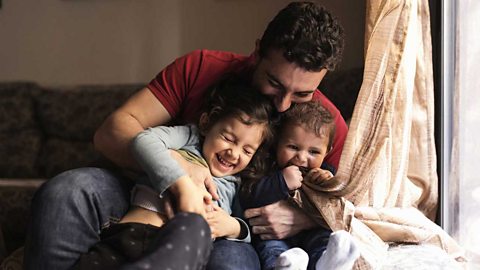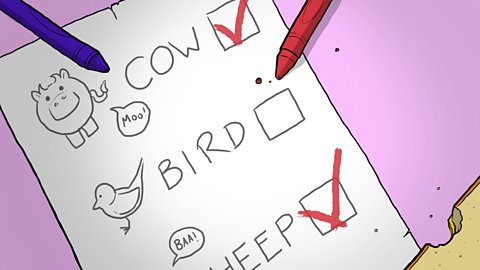There are lots of practical tips and tricks to help you get your little one out of nappies and into pants â and good communication is key, says Alina Lynden, Communications Manager at
âWe tend to assume potty training will go naturally because itâs a bodily function, but it takes time and can be stressful. Communication is very important at all stages; things can go wrong, so itâs a good idea to make it as relaxed and as fun as possible.â
The first thing to remember is that every child is different, adds Alina. âThey learn to walk and talk at different times and learn how to use the toilet at different times too. However, most children are ready to be potty trained between 18 months and 3 years old.â
1. Start chatting about wee and poo early (even if you feel uncomfortable)
Itâs never too early to start talking to your children about wee and poo, says Alina. âYou might feel squeamish but they need to know that itâs a natural thing that we all do, so starting building it into your everyday chats, particularly when youâre nappy changing.â
And be positive. âThis starts with avoiding any phrases like dirty and smelly because you donât want your child to associate the toilet with anything negative. Say âoh look youâve done a pooâ rather than âyuck, your nappy is stinkyâ.â
If they have a younger sibling, maybe they can help with their nappy changes.
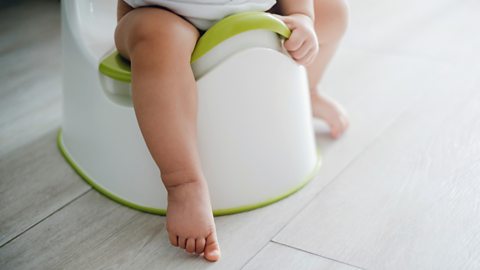
2. Prepare your child
Help your child feel comfortable with the idea of their bodily functions and the potty too, says Alina. âRead picture books about potty training together and have a potty in the house you can use for role play with teddies.â
Remember that young children learn by watching and copying, which means you may have to leave any inhibitions at the toilet door. âShow them you do wees and poos too: leave the toilet door open and ask family members to do the same,â says Alina. âKeep nappies in the toilet and change your child in there, so they associate wees and poos with that room. And when theyâre a little older, get them involved with changing their nappies: change them standing up, get them to help with their clothing and clean your hands together afterwards.â
And plan a reward system early on, adds Alina. âIt could be a sticker chart or lucky dip bag that celebrates every little step towards potty training, like getting dressed or washing their hands.â
3. Watch for signs theyâre ready
âIf youâve already talked to your child about wee and poo then they should feel comfortable with the subject, and in tune with the signals,â says Alina.
âPhysical signs include your child passing soft poo at around the same time every day, being able to hold their wee for about 90 minutes to two hours and being able to sit down on the potty and get back up again,â explains Alina.
And showing an awareness that theyâve done a wee or poo. âWhen they start to notice, it means theyâre beginning to recognise the signals their body is giving them,â explains Alina. Try the to help them understand the difference between being wet and dry. âThis is where you put a sheet of folded-up kitchen roll in their nappy, which lets your child experience a wet feeling. They donât get this with super-absorbent nappies, plus it gives you a chance to see how long they can stay dry for,â explains Alina.
Bringing poo and wee into normal family conversation can help them to understand their body. âFor example, prime pooing time for the body is 20 to 30 minutes after a meal. So, after theyâve had lunch say something like: âLetâs go and sit on the potty and see if thereâs a poo there.ââ
4. ⊠but make sure youâre ready too
Potty training needs to happen at a time thatâs good for you too. But whenâs a good time? âBasically, when you can devote lots of time and effort to it,â says Alina. âIf youâre moving house or thereâs a new baby on the way, itâs probably not ideal.â
âIt's tough because parents have very busy lives. But the more pressure there is, the less likely it's going to go well because the key thing about releasing wee and poo is that you need to feel relaxed. And if youâre feeling stressed-out and angry, itâs not the best environment for your child.â
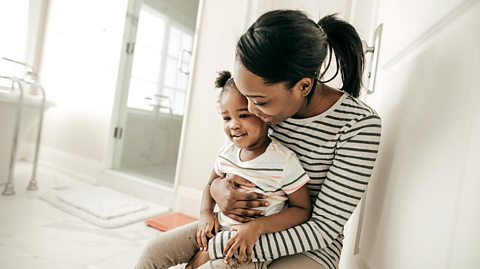
5. Talk openly with other adults in your life
Consistency and routine are key, so itâs really important that all the adults in your little oneâs life are on the same page, says Alina.
âOnce youâve decided that itâs the right time, then talk to everyone who your child spends time with and let them know where youâre up to with potty training. Whether your child spends time with your in-laws, theyâve started at nursery or they stay with their dad at weekends, everyone needs to give your child a consistent message.â
Get them onboard with your reward chart, ask them to use the same words like wee or pee and follow the same routine. âThe other benefit of chatting to all these people is that they can support you too: there will be times you need to call in help,â adds Alina.
6. Be positive
âItâs not something you can do overnight and there will be accidents but itâs really important to remember â through all the ups and downs â that once you've done it, it's amazing,â says Alina.
When thereâs poo squished into the carpet, youâre unlikely to feel particularly upbeat. âTry not to make a fuss about these incidents. Be prepared for them and remember that the whole thing about accidents is that this is how kids learn.â
To keep your child motivated, praise every achievement and use humour. âKids naturally find poo and wee funny, so tap into that to lighten the mood,â says Alina. âChildren love animals, so you could talk about their toilet habits. Singing and games around potty training are also a great idea. Itâll help your children feel calmer and laughing also helps us physically by engaging the muscles we need to push a poo out.â
7. Tailor your approach
âChildren with a disability or additional needs canât always communicate their thoughts and feelings, so to tell you when theyâre ready to potty train,â explains Alina. âThe vast majority of children can be toilet trained; it just might take a bit longer sometimes. The important thing is to support potty training with the signs, sounds or words that your child can use and understand and let their bladder and bowel readiness lead the way. Use to help.â
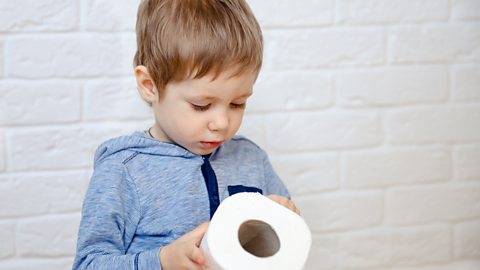
8. Plan well for night-time training
Staying positive is key once again. Do some preparation together and watch for signs of readiness, says Alina. âThey might wake up dry or have a lighter nappy. They might also ask not to wear a bedtime nappy or take it off during the night. Or wake you up in the night to ask to help them go to the loo.â
Keep chatting openly. âExplain to them what theyâll need to do in the night once theyâre no longer wearing a nappy. Try simple things like placing a potty in their bedroom and encourage them to practise getting from their bed to it. Putting a gentle night light by the bed will make it easier for them to find their way. And be ready for accidents: have fresh pyjamas and bedding ready.â
If you are worried about night-time wetting, check out our advice from an early year's educator on when to speak to your GP.
9. Ignore the myths⊠and pressures
There are lots of myths around potty training that are best ignored. âA common one is that boys are harder to potty train than girls. It comes up a lot but thereâs no evidence to show itâs true,â says Alina.
And try not to feel pressured by other parentsâ potty-training boasts. âFocus on your child and remember that you know them better than anyone else.â
Visit more tips and resources on potty training.


